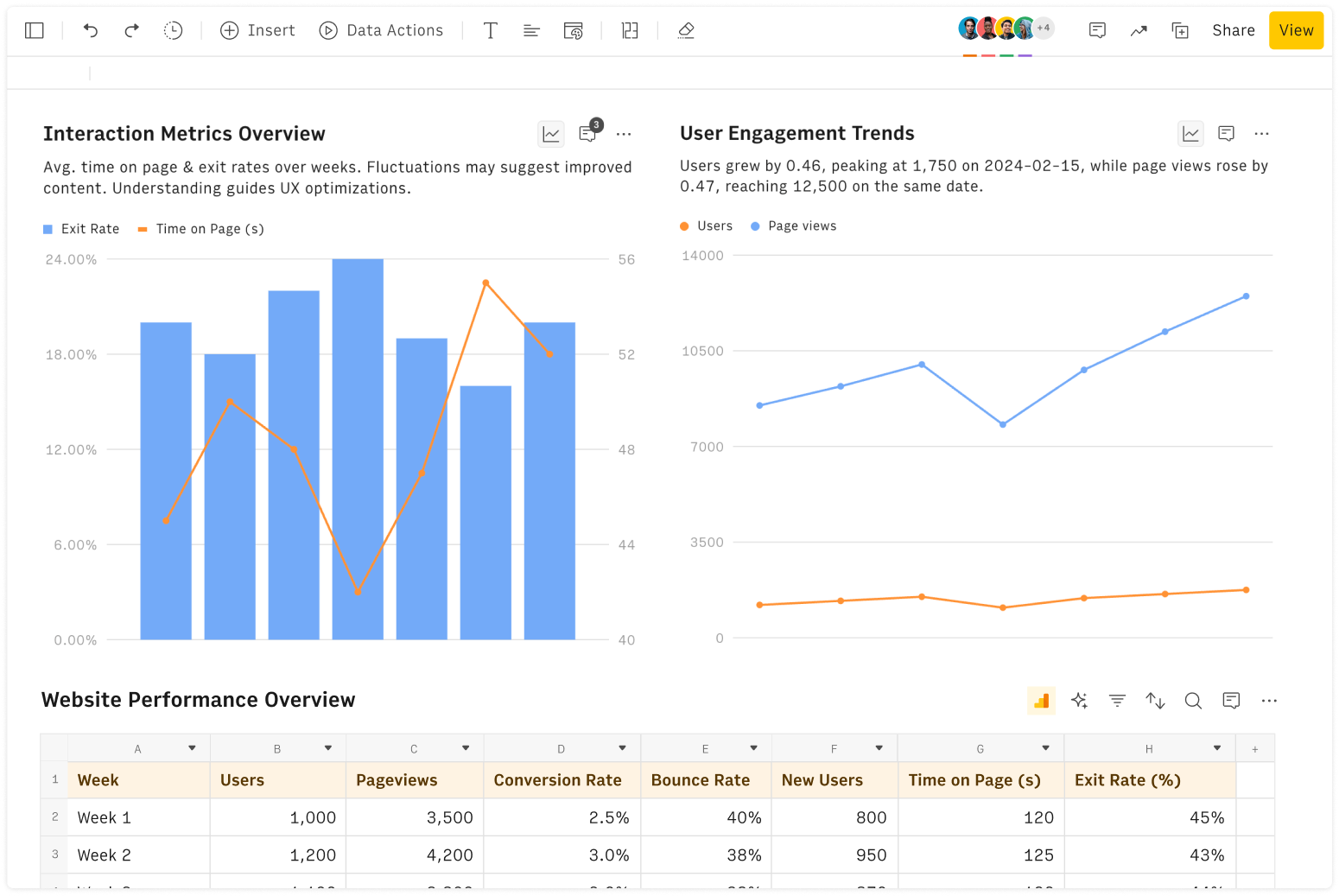What is WACC?
Weighted Average Cost of Capital (WACC) represents one firm's overall cost of capital, meaning the average rate a company expects to pay to finance its total assets. It is weighted by the proportion of debt and equity in the firm's capital structure.
By calculating your WACC, you gain valuable insights into your company's financial health and can make more informed strategic decisions.
Cost of Debt Vs Cost of Equity
Understanding why the Cost of Equity is different from the Cost of Debt is essential in accurately understanding WACC.
Cost of Equity tends to be higher - ceteris paribus - than Cost of Debt due to 4 main factors: risk and return, fiscal implication, market volatility
1. Risk and Required Return
Cost of Equity: The cost of equity represents the return that equity investors require on their investment in the company. Equity holders are residual claimants, meaning they get paid after debt holders in the event of liquidation. This residual nature implies higher risk for equity investors since they are the last to be paid. To compensate for this higher risk, equity investors typically demand a higher return.
Cost of Debt: On the other hand, the cost of debt is the effective interest rate the company pays on its borrowings. Debt holders have a legal claim to the company's cash flows in the form of interest payments, which are usually fixed and occur before any dividends are paid to shareholders. Because of this priority in the capital structure and the fixed nature of interest payments, debt is considered less risky compared to equity. Consequently, lenders are willing to accept a lower return (interest rate) than equity investors.
2. Tax Treatment
Tax Shield on Debt: Interest payments on debt are tax-deductible, which reduces the company's taxable income. This creates a tax shield that lowers the effective cost of debt for the company. For example, if a company has a tax rate of 30% and pays 5% interest on its debt, the effective cost of debt after tax is only 3.5% (5% * (1 - 0.30)). This tax advantage does not apply to equity; dividends paid to shareholders are not tax-deductible.
No Tax Shield on Equity: Equity does not offer a tax shield because dividends are paid from after-tax profits. This further differentiates the cost of equity from the cost of debt, making the former inherently higher since there's no tax benefit to lower its cost.
3. Market Volatility
Equity Volatility: Equity returns are generally more volatile compared to debt returns. Stock prices fluctuate based on market conditions, company performance, investor sentiment, and broader economic factors. This volatility adds another layer of risk for equity investors, which they expect to be compensated for through higher returns.
Debt Stability: Debt, particularly fixed-rate debt, offers more predictable returns to investors (lenders). The interest payments do not fluctuate with the company's performance as long as the company remains solvent. This predictability and lower risk make debt cheaper than equity.
4. Capital Structure and Financial Distress
Leverage Impact: Companies with higher levels of debt may face higher costs of debt due to the increased risk of financial distress. However, even in such cases, the cost of equity remains higher because equity holders bear the ultimate risk of financial distress or bankruptcy.
Residual Claimant: Equity holders, being residual claimants, are at the end of the line in terms of claim on assets and cash flows. If a company faces financial difficulties, debt holders are paid first, and only if there are any assets or cash flows remaining are equity holders paid. This residual nature of equity increases its risk relative to debt.
How is WACC calculated?
WACC is calculated using the following formula:
WACC = (E/EV × Re) + ((D/EV × Rd) × (1 - T))
Where:
E = Market value of equity
D = Market value of debt
EV = Total market value of financing (E + D)
Re = Cost of equity
Rd = Cost of debt
T = Tax rate
How to Use the WACC Calculator
Our WACC calculator simplifies the complex process of determining your company's cost of capital. Here's how to use it:
Enter your company's Equity ($)
Input the Cost of Equity (%)
Provide the Debt ($)
Enter the Cost of Debt (%)
Input your company's Corporate Tax Rate (%)
Once you've entered these five key pieces of information, our calculator will automatically compute your company's WACC. This allows you to make data-driven financial decisions quickly and accurately, without the need for complex manual calculations.
Practical Use Cases for the WACC Calculator
WACC is useful in many situations, including:
Capital Budgeting: Use WACC as a hurdle rate to evaluate potential projects.
Company Valuation: Incorporate WACC in discounted cash flow (DCF) analysis.
Performance Measurement: Compare your company's return on invested capital (ROIC) to its WACC.
Capital Structure Optimization: Analyze how changes in debt-to-equity ratio affect WACC.
Frequently Asked Questions
What does a 12% WACC mean?
A WACC of 12% indicates that, on average, your company must pay its investors a 12% return on every dollar of capital it finances. This serves as a hurdle rate for new investments – any project should yield a return higher than 12% to create value for the company.
What does a 5% WACC mean?
A 5% WACC suggests that your company's cost of capital is relatively low. This could be due to a combination of factors, such as low-interest rates, a stable industry, or a conservative capital structure. With a lower WACC, more potential investments may be considered viable, as they need to clear a lower hurdle rate.
What is WACC in DCF?
In Discounted Cash Flow (DCF) analysis, WACC serves as the discount rate used to convert future cash flows into their present value. By using WACC as the discount rate, you account for the time value of money and the risk associated with future cash flows, providing a more accurate valuation of a company or project.



